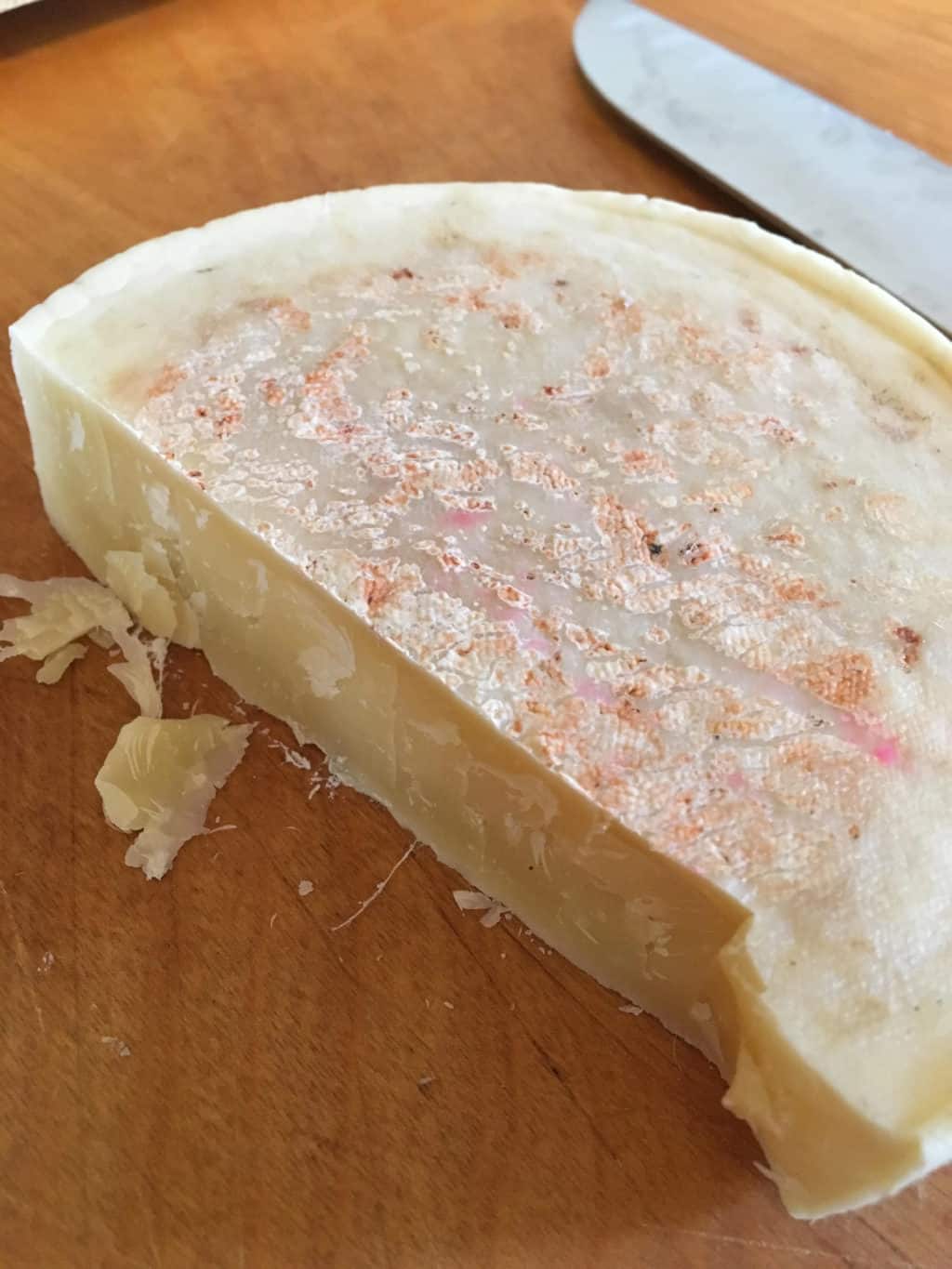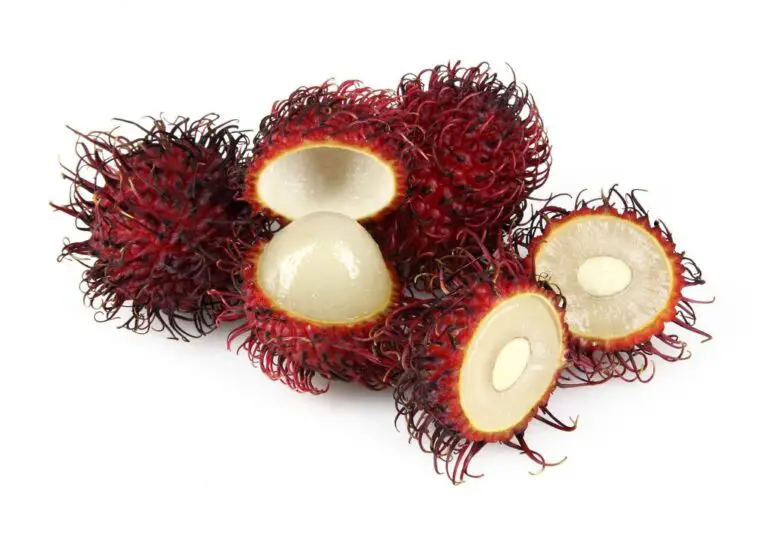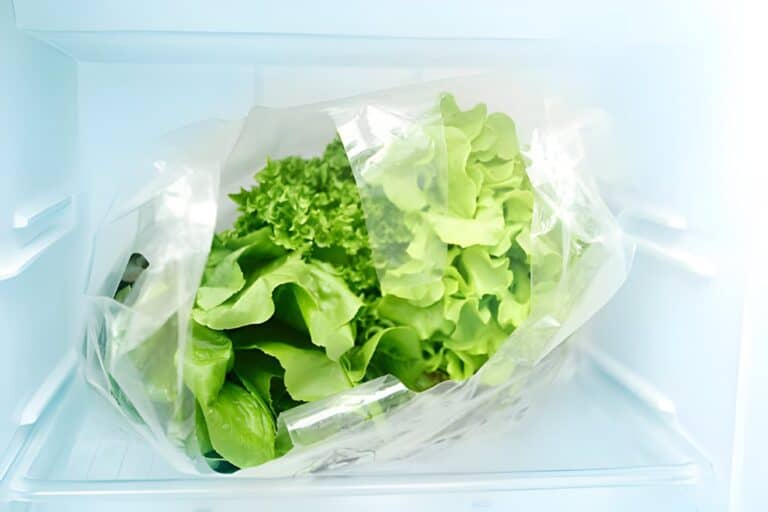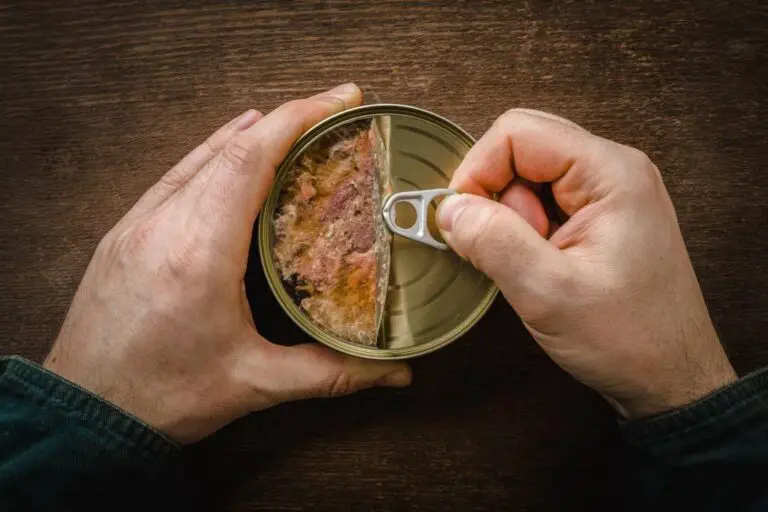Pink Mold on Food: What Causes It and How to Prevent and Remove It

Have you ever opened up your fridge to find a container of food covered in a slimy, pink film? If so, you may have encountered pink mold. Not only is it unsightly and unappetizing, but it can also pose a serious health risk. So, what causes pink mold on food, and is it safe to consume?
In this article, we’ll explore what causes pink mold to grow on food, how to safely remove it, and tips for preventing it from happening in the first place.
Whether you’re a seasoned chef or a novice cook, understanding how to deal with pink mold on food is an essential part of keeping yourself and your family safe and healthy. So, let’s dive in and explore the world of pink mold on food.
Introduction to Pink Mold on Food
Pink mold, also known as Aureobasidium pullulans, is a type of fungus that grows on a variety of surfaces, including food. It is commonly found in moist environments. It thrives in areas that are warm and humid, and it can grow quickly on food that is left out for too long or not stored properly.
Pink mold on food can appear as a slimy or fuzzy film on the surface of the food. It can range in color from light pink to dark pink, and it can have a musty or sour smell. If you notice pink mold on any of your food, it is important to take action immediately to prevent further growth and potential health risks.
It is most commonly found on foods that have a high sugar content, such as fruit or jam, but it can also grow on other foods like bread, cheese, and vegetables. Pink mold is not harmful in small amounts and can be easily removed. However, if it is left untreated, it can spread quickly and cause a musty odor, discoloration, and spoilage.
What Causes Pink Mold on Food?
A common issue that can result in pink mold on food has a variety of causes. Pink mold is a type of mold that thrives in damp, humid environments and can grow on a wide range of food items, including bread, fruits, vegetables, and meat.
There are several causes of pink mold growth on food, which we will define in detail below.
1. Poor Food Storage
One of the primary causes of pink mold growth on food is poor food storage. When food is stored in damp and humid conditions, it creates an environment that is ideal for mold growth. Pink mold can also grow on food that has been left out for too long, as the warm temperature can accelerate mold growth.
2. Contaminated Equipment
Contaminated equipment can also be a source of pink mold growth on food. If kitchen utensils, cutting boards, or storage containers are not properly cleaned and sanitized, they can harbor mold spores that can transfer onto food.
3. Poor Ventilation
Poor ventilation in the kitchen can also contribute to the growth of pink mold on food. When there is not enough air circulation in the kitchen, it can create a damp and humid environment that is ideal for mold growth.
4. Moisture
Pink mold thrives in damp environments. Therefore, if you leave your food in a humid place, it’s likely to develop pink mold. Moisture can also occur when food is not stored correctly, such as in a container with a loose lid or left out in the open.
5. Temperature
Pink mold thrives in temperatures between 68°F and 86°F. If you store your food in a warm environment, it’s more likely to develop pink mold.
6. pH Level
Pink mold grows best in an environment with a pH level between 4.5 and 5.5. Food with a higher pH level is less susceptible to developing pink mold.
7. Oxygen
Pink mold requires oxygen to grow. Therefore, food that is not sealed properly or has been cut open is more susceptible to developing pink mold.
Common Foods That Are Prone to Pink Mold Growth
While pink mold can grow on a variety of different foods, some foods are more susceptible to pink mold growth than others. These include:
- Fruits: Fruits like strawberries, raspberries, and grapes are high in sugar and moisture, making them a prime target for pink mold growth. Raspberries mold so fast due to their high sugar contents.
- Jams and jellies: Jams and jellies are also high in sugar and moisture, which can create a favorable environment for pink mold to grow.
- Soft cheeses: Soft cheeses like brie and camembert are also prone to pink mold growth due to their high moisture content.
- Bread: Bread can become contaminated with pink mold if it is left out for too long or not stored properly.
Other Types of Mold That Can Grow on Food
When it comes to mold, there are many types that can grow on food, and they all have their own unique characteristics. Some of the most common molds found on meat and poultry include Alternaria, Aspergillus, Botrytis, Cladosporium, Fusarium, Geotrichum, Monilia, Manoscus, Mortierella, Mucor, Neurospora, Oidium, Oosproa, Penicillium, Rhizopus, and Thamnidium.
These molds can vary in color, texture, and appearance, and some are more dangerous than others.
- Alternaria is one of the most common molds found on meat and poultry. It is a black or dark green mold that can appear on the surface of meat and poultry products. While it is not harmful to consume in small quantities, it can cause health problems if consumed in large amounts.
- Aspergillus is one of the worst offenders when it comes to moldy food. This mold can produce mycotoxins, which are harmful to humans and can cause liver cancer, lung problems, and other health issues. It is a green or yellow mold that can appear on a variety of foods, including meat, cheese, and bread.
- Botrytis is a gray or brown mold that is commonly found on fruits and vegetables. It can cause fruit and vegetables to rot quickly and has a musty smell.
- Cladosporium is a green or black mold that can appear on meat, cheese, and other dairy products. It is not harmful to consume in small quantities, but it can cause health problems if consumed in large amounts.
- Fusarium is a pink or white mold that can grow on grains, fruits, and vegetables. It can produce mycotoxins, which are harmful to humans and can cause health problems.
- Geotrichum is a white or gray mold that can appear on dairy products, including cheese and yogurt. While it is not harmful to consume in small quantities, it can cause spoilage and a sour taste.
- Monilia is a white or gray mold that can appear on fruits and vegetables. It can cause fruit and vegetables to rot quickly and has a musty smell.
- Manoscus is a white or yellow mold that can grow on meat, cheese, and other dairy products. It is not harmful to consume in small quantities, but it can cause health problems if consumed in large amounts.
- Mortierella is a white or gray mold that can appear on fruits, vegetables, and grains. It is not harmful to consume in small quantities, but it can cause spoilage and a musty smell.
- Mucor is a white or gray mold that can appear on fruits, vegetables, and grains. It is not harmful to consume in small quantities, but it can cause spoilage and a musty smell.
- Neurospora is a pink or orange mold that can grow yogurt or on bread and other baked goods. It is not harmful to consume in small quantities, but it can cause spoilage and a bitter taste.
- Oidium is a white or gray mold that can appear on fruits and vegetables. It is not harmful to consume in small quantities, but it can cause spoilage and a musty smell.
- Oospora is a white or gray mold that can grow on fruits and vegetables. It is not harmful to consume in small quantities, but it can cause spoilage and a musty smell.
- Penicillium is a blue or green mold that can appear on cheese, bread, and other baked goods. While some types of Penicillium are used to make cheese, others can produce mycotoxins that are harmful to humans.
- Rhizopus is a black or white mold that can appear on fruits and vegetables. It can cause
- rapid spoilage and has a musty smell. It can also produce mycotoxins, which can cause health problems if consumed in large quantities.
- Thamnidium is a white or gray mold that can appear on fruits and vegetables. It can cause rapid spoilage and has a musty smell.
In addition to these types of molds, mold can also be categorized by color, with black, pink, white, green, orange, red, and blue being some of the most common colors. Pink mold is a common type of mold that can grow on food and is often found in damp, humid environments. While pink mold is not harmful to humans, it can cause food to spoil quickly and have a sour taste.
Health Risks Associated with Consuming Pink Mold on Food
Consuming food that has been contaminated with pink mold can be very dangerous to your health. Pink mold can produce mycotoxins, which are toxic compounds that can cause a range of health problems, including:
- Respiratory problems: Exposure to mycotoxins can cause respiratory problems, such as coughing, wheezing, and shortness of breath.
- Gastrointestinal problems: Consuming food that has been contaminated with mycotoxins can cause gastrointestinal problems, such as nausea, vomiting, and diarrhea.
- Allergic reactions: Some people may have an allergic reaction to mycotoxins, which can cause symptoms like hives, itching, and swelling.
- Immune system problems: Mycotoxins can also suppress the immune system, making it more difficult for your body to fight off infections.
How to Prevent Pink Mold Growth on Food
The best way to prevent pink mold growth on your food is to take proper precautions when storing and handling it. Here are some tips to help prevent pink mold growth:
- Store food in airtight containers: Keep your food in airtight containers to prevent moisture from getting in and creating an environment for mold to grow.
- Keep your kitchen clean: Clean your kitchen regularly to prevent the spread of bacteria and mold. Wipe down surfaces with a disinfectant, and make sure to wash your hands frequently.
- Don’t leave food out for too long: If you have food that needs to be refrigerated, make sure to put it in the fridge as soon as possible. Leaving food out for too long can encourage the growth of mold.
- Check expiration dates: Make sure to check the expiration dates on your food and throw away any food that has expired.
- Use a dehumidifier: If the humidity levels in your home or kitchen are high, consider using a dehumidifier to reduce moisture levels and discourage the growth of mold.
Tips for Safely Removing Pink Mold from Food
If you do notice pink mold on any of your food, it is important to take action immediately to prevent further growth and potential health risks. Here are some tips for safely removing pink mold from food:
- Wear gloves: When handling food that has pink mold on it, make sure to wear gloves to protect your hands from the mold and any potential contaminants.
- Cut off the moldy area: If the mold is only on a small area of the food, you can cut off the moldy area and still eat the rest of the food. Make sure to cut off a significant amount of the food around the mold to ensure that all of the mold is removed.
- Discard heavily contaminated food: If the mold has spread throughout the food, it is best to discard it to avoid potential health risks.
- Clean and disinfect surfaces: After removing the moldy food, make sure to clean and disinfect any surfaces that came into contact with the food to prevent the spread of mold.






